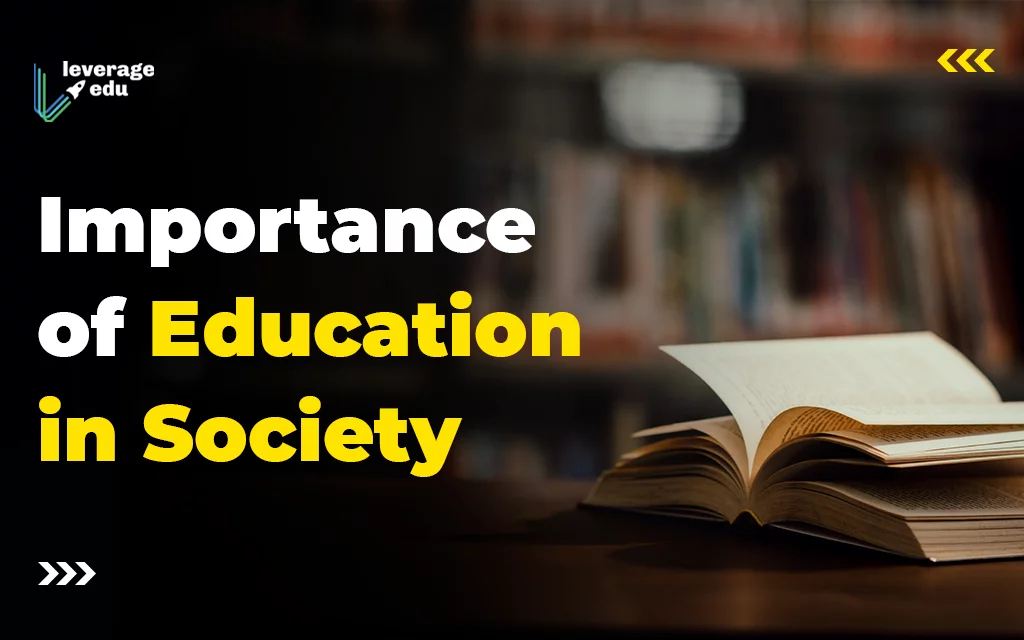Describe the components of School Environment.
The Components of School Environment:
The Physical Environment:
The physical environment of school buildings and school grounds is a key factor in the overall health and safety of students, staff, and visitors. School buildings and grounds must be designed and maintained to be accessible and free of health and safety hazards, and to promote learning and school engagement. Policies and protocols must be the place to ensure food protection,. sanitation, safe water supply, healthy air quality, good lighting, safe playgrounds, and emergency evacuation, among other issues that relate to the physical environment of schools.
Every teacher knows that a safe, clean, comfortable and attractive classroom can stimulate learning and help build a classroom community. But for many teacher setting up the physical environment of their classrooms can be quite daunting, especially when faced with older buildings, crowded classrooms and insufficient storage space. You can make the most of your classroom environment by carefully considering your needs and the needs of your students.
Psychological Environment:
The psychological environment of a school would refer to the stimuli that impinge upon the learner’s psyche in the school. For example, the attitude of the principal and the teachers towards a learner would act as a stimulus for the learner to do or not do certain things in the school.
School is dedicated and certain anti-democratic practices and attitudes to which it is often prone, like authoritarianism in human relations, competitiveness rather than cooperation in the classroom, caste and religion based segregation, and other less tangible forms of inter group discrimination’s.
Social Development:
The social surrounding of a school constituted its social environment. A learner is in constant interaction with the peers and teachers for a significant part of the day he spends in the school. Be it studies, playing, quarreling or simply gossiping, the learner has someone around.
Every interaction and interpersonal relationship of a learner occurs in a social environment, One’s interaction with others in a social environment is also known as socialization. It is the process whereby individuals are made aware of the behaviour that others expect of them related to the norms, values and culture of their society.
Cultural Environment:
Cultural includes products that are humanly produced, both material (buildings, factories, slum housing), and immaterial (ideology, value systems, mores), as well as materially derived products such as social class and the socio/political order. One never sees culture as such. What are seen are regularities in the behaviour or artefacts of a group that adhere to a common. Every school presents to its learners an environment characterized by practices that is its cultural environment.
Political Environment:
Dominance of one social class over others is called hegemony. Since teachers and students in a school belong to one or the other caste or community group, the practices of hegemony are also found in the school environment. This is the reason why only certain students can attend a public school and certain others a government school. Even inside the classroom, certain students receive better attention and treatment while others do not. Hence, every school creates a political environment for the learner.





